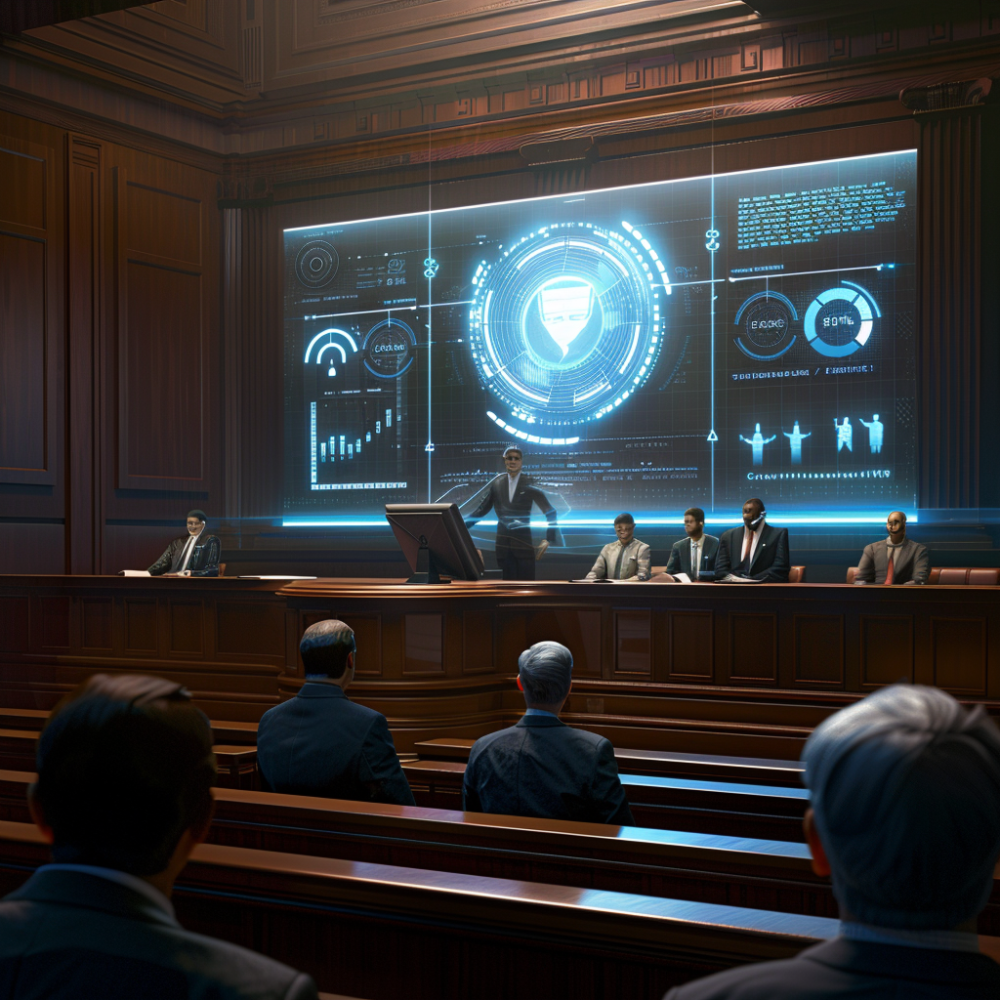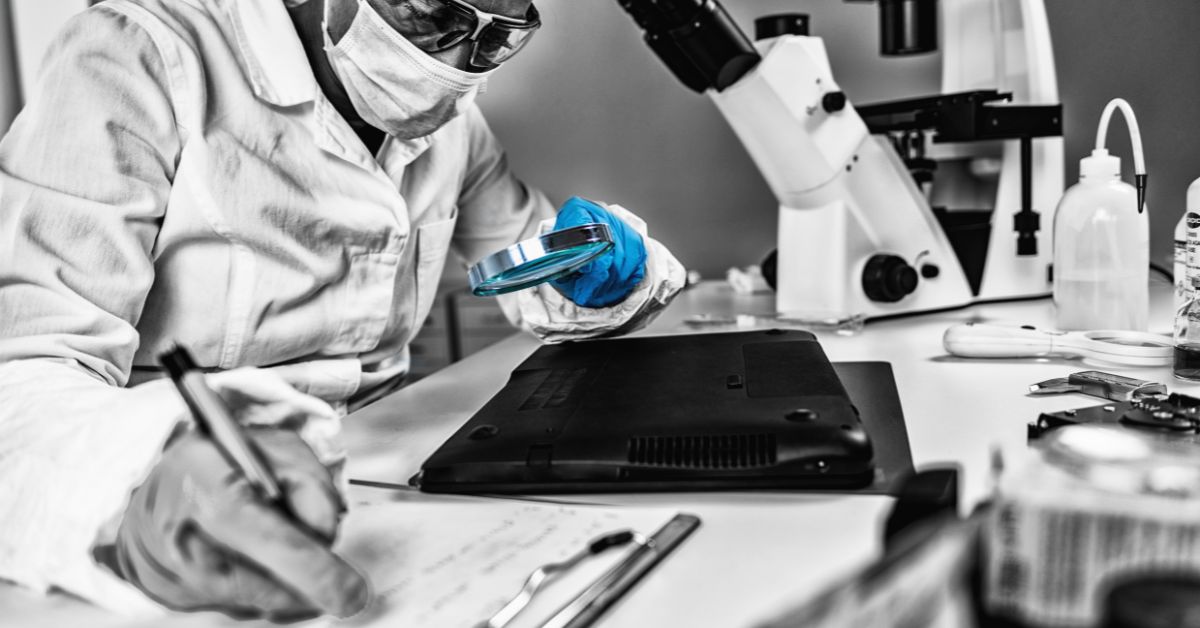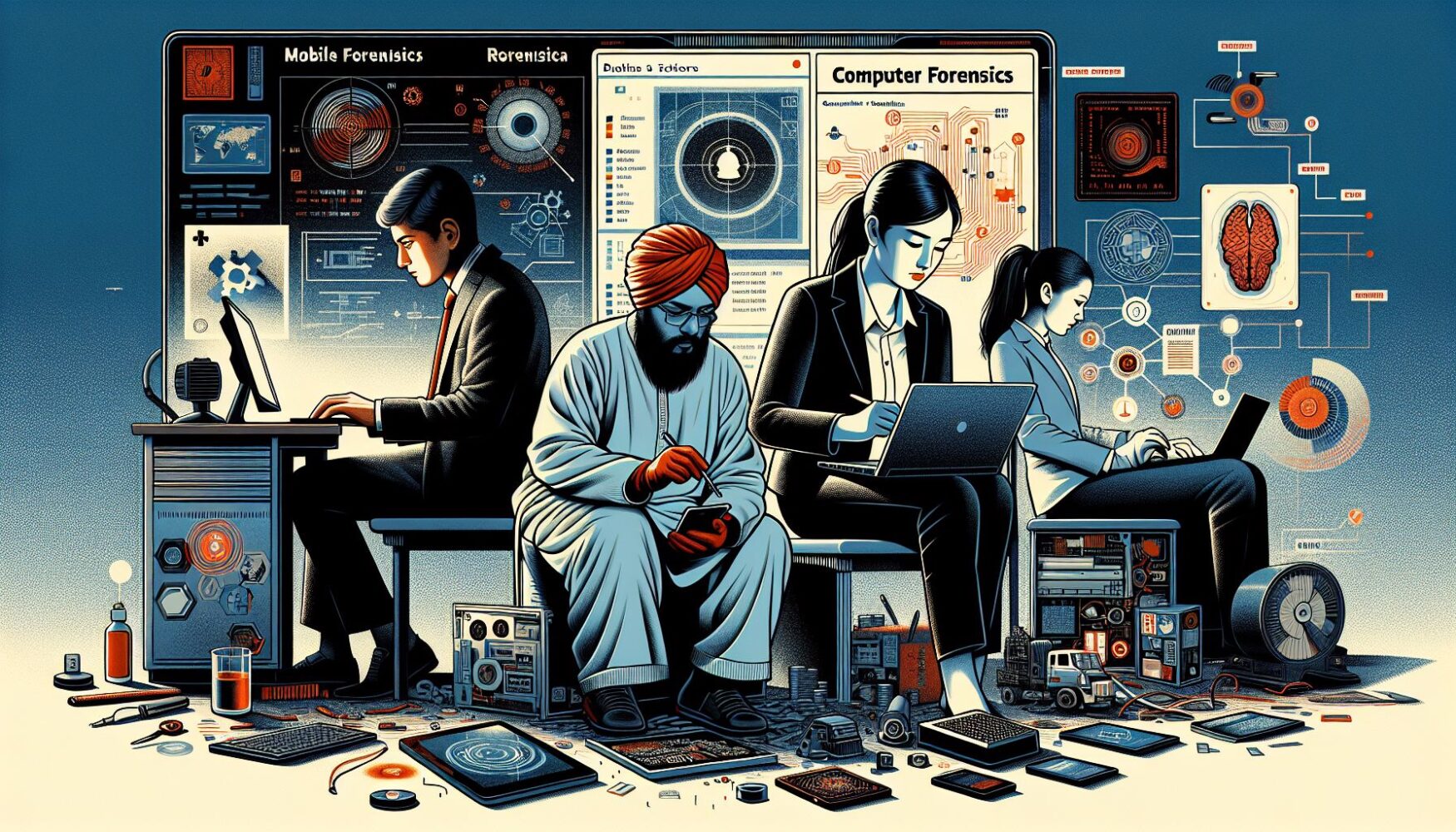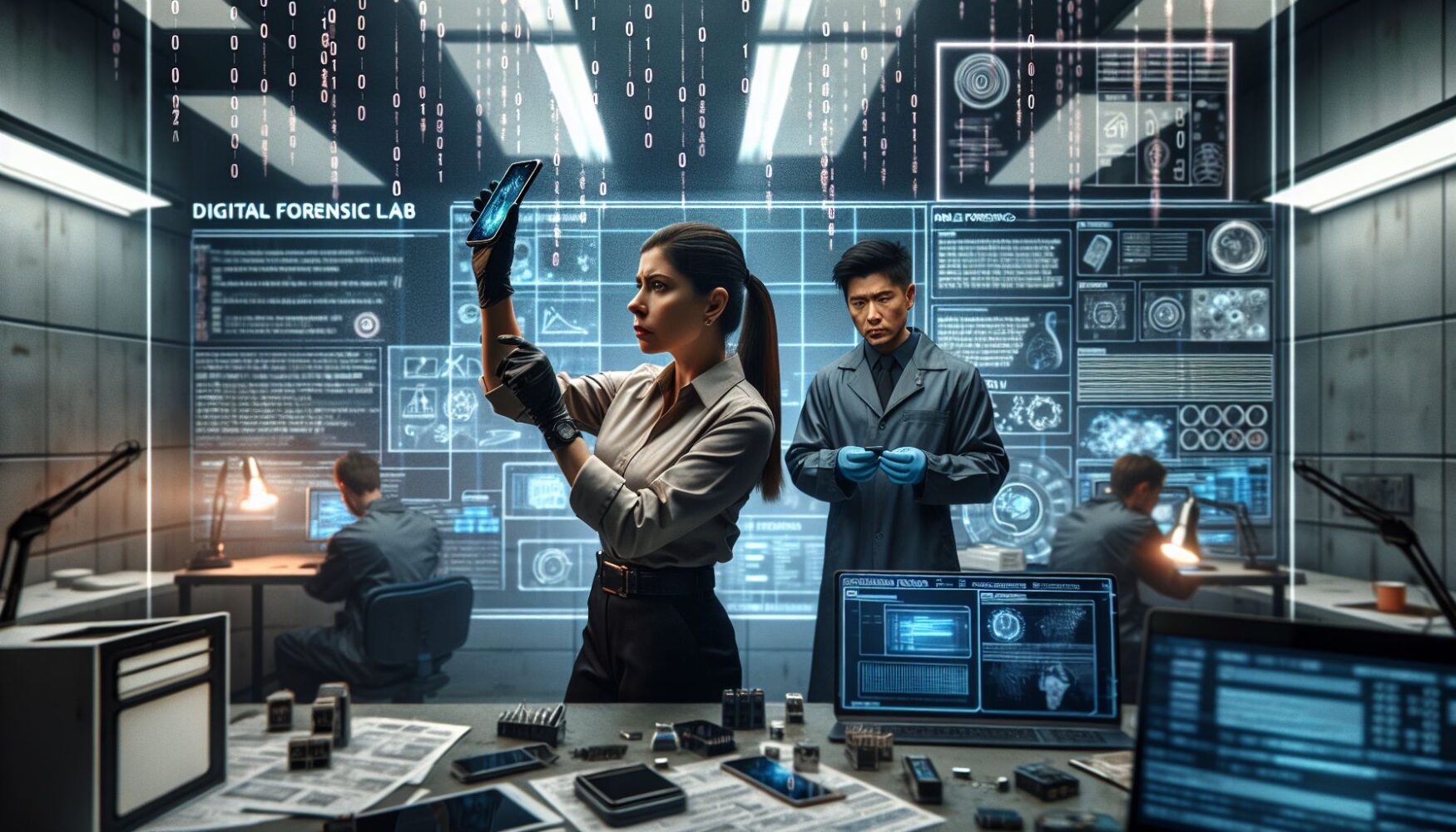Introduction: Bridging Technology and Law
In an era dominated by digital communication and information storage, the intersection of digital forensics and the legal system has never been more critical. The digital realm harbors evidence crucial to both prosecuting and defending legal cases, making the expertise of digital forensic professionals indispensable in modern legal proceedings. This detailed exploration delves into the multifaceted relationship between digital forensics and the legal system, revealing how forensic evidence serves as a pillar of justice in the digital age.
The Foundation of Legal Digital Forensics
1. Evidence Acquisition: Navigating Legal and Ethical Minefields
The acquisition of digital evidence is a process fraught with legal and ethical challenges. Forensic experts employ sophisticated techniques to extract data from a myriad of devices and platforms, all while adhering to strict legal guidelines. This phase respects privacy laws and seeks to avoid any unauthorized access to data, ensuring that evidence-collection methods are both legally compliant and ethically sound. The goal is to gather comprehensive and relevant evidence without compromising individual rights or data integrity.
2. Chain of Custody: Ensuring Evidence Integrity and Courtroom Admissibility
Once evidence is acquired, maintaining its integrity becomes paramount. The chain of custody is a meticulous record that documents each interaction with digital evidence, from collection to presentation in court. This process ensures that evidence remains untampered and traceable, safeguarding its admissibility in legal proceedings. Forensic professionals are tasked with implementing stringent protocols to protect evidence from alteration, unauthorized access, or loss, thereby upholding the principles of justice.
3. Expert Testimony: Bridging the Gap Between Technology and the Court
The Jacksonville Digital forensic experts often serve as bridges between the complexities of technology and the legal system. Through expert testimony, they translate technical findings into comprehensible insights for judges, juries, and legal professionals. Their testimonies elucidate the nature of the digital evidence, its relevance to the case, and the methodologies used in its analysis. The credibility and clarity of an expert’s testimony can significantly impact the outcome of legal proceedings, making their role both a privilege and a responsibility.
4. Addressing Challenges: Encryption, Anonymity, and Legal Boundaries
The digital world presents unique challenges that test the bounds of traditional legal frameworks. Encryption technologies, while essential for privacy and security, can obstruct access to crucial evidence. Anonymity on digital platforms complicates the attribution of online actions to specific individuals. Furthermore, the global nature of the internet introduces cross-jurisdictional complexities, as data relevant to a case may reside on servers in multiple countries, each with its legal system and data protection laws. Navigating these challenges requires ongoing collaboration between digital forensic experts, legal professionals, and international bodies to find balanced solutions that respect privacy, sovereignty, and the pursuit of justice.
Conclusion: Strengthening the Pillars of Justice in the Digital Realm
The relationship between digital forensics and the legal system is characterized by mutual dependency and collaboration. As digital evidence becomes increasingly pivotal in legal cases, the need for forensic expertise within the legal framework intensifies. This partnership not only aids in the pursuit of justice but also shapes the evolution of legal standards and practices in the digital age. By embracing the challenges and leveraging the opportunities presented by digital forensics, the legal system is better equipped to administer justice in our increasingly digital world.




